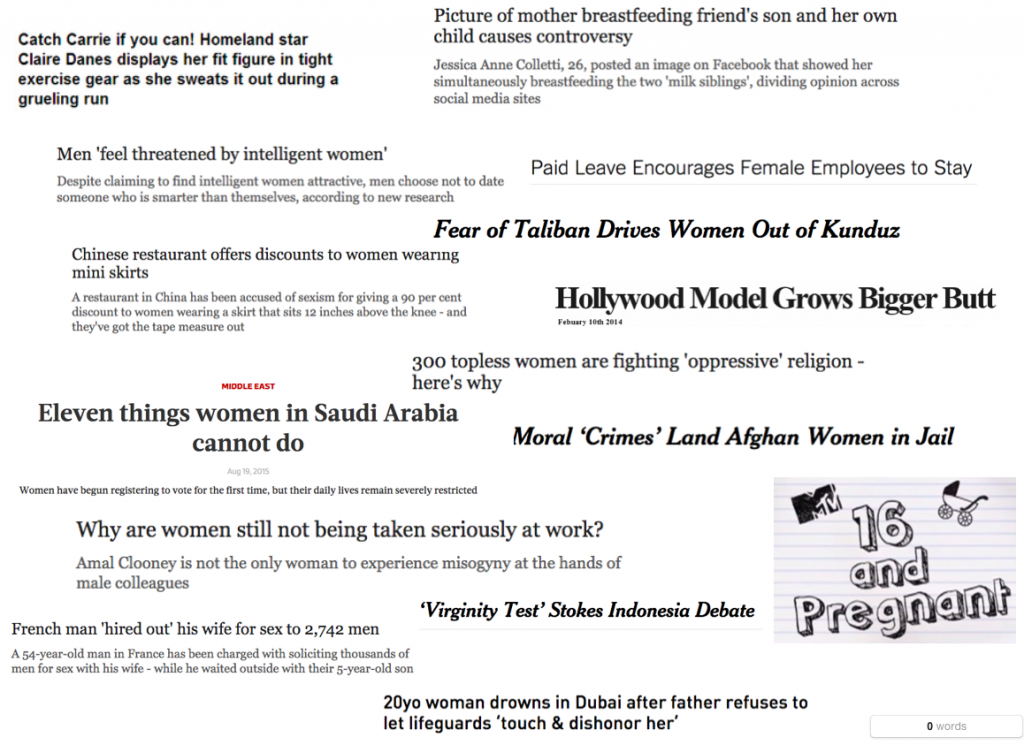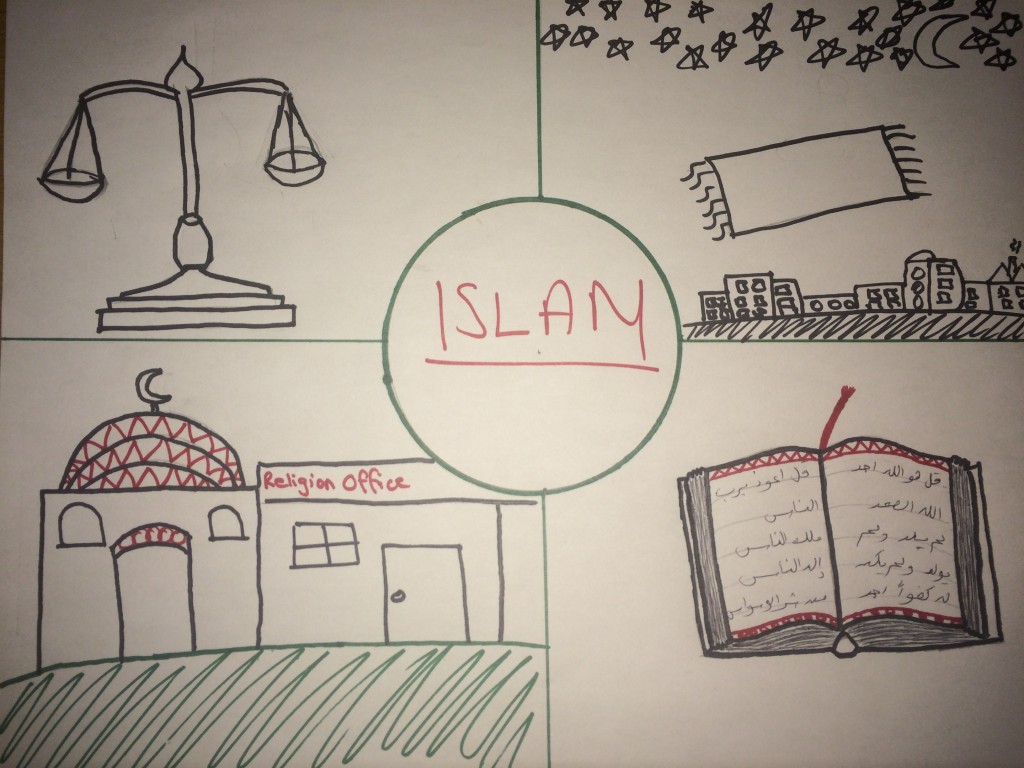The Beggar’s Strike
October 27th, 2015Heed heed our time of need,
God said give to us, it is the good deed,
We stand palms extended awaiting our pay,
Despite grimaces and sneers received all day.
We see the wealthy groan that we are filthy
Push us away into the dark depths of nothingness
Wishing to see us vanish from Earth
Hoping to continue their lives of riches and mirth.
They do not see that they need us to be,
Need our life to fuel their own,
For to whom can they give their alms
And who can give them prayers.
Soon they realize they are the ones in need,
In need for our outstretched hands to feed,
In need of our poverty to fuel their prosperity,
They are slaves to our prayers and we are masters of their destiny.
And above us all, sits God himself.
The Beggars Strike was quite an interesting and captivating read in my opinion. The idea of alms giving forms a large part of islam and hinging the story on this particular factor formed an interesting and novel approach to the idea. This inspired me to captivate the essences of the novel in the above poem. What struck me initially was the presentation of beggars in the city and the adjectives used to describe them. They are perceived as sub-human pollutants who should have no place in the city among those who are more fortunate. Coupled with this prominent classist attitude which one can deduce is bred through political influence, there is also an intrinsic religious factor. When it is ultimately revealed that the existence of the wealthy depended on those who ask for sustenance as equally as it works the other way around, I was personally presented with a moral dilemma. Growing up, the notion of giving to the poor not only as a moral act but also a religious one has been ingrained within me. The question now arose whether this is done for the sake of God per se in an act of unadulterated faith, or whether it is done for selfish reasons. The novel presents a rather simplistic cycle of things: people give to the poor as a mode of making God happy – but ultimately so that God may grant them their own wishes. It is portrayed as a simple transaction wherein for every penny paid, a personal wish or desire will be granted. So is selflessness inherently selfish?
Quite ironically, despite this clear classism which superficially portrays the wealthy as being above the poor, the opposite is actually the case. The form of transactional religion which is practiced in the book means that the wealthy must seek out the poor in order to fulfill their own wishes. While the social connotations which suggest that the poor must exist in order for the wealthy to maintain their wealth is unappealing, this does in fact empower the beggars in a way. Ultimately, it is the beggars who dictate whether they are to give their prayers and wether they are to be satisfied with the alms presented to them. It is a situation in which one could even say that the wealthy are begging for prayers, quite a different but interesting way of looking at it. Through the poem I attempt to speak from the Beggar’s perspective, to convey the messages intended in the novel.



 Posted by moebied
Posted by moebied


